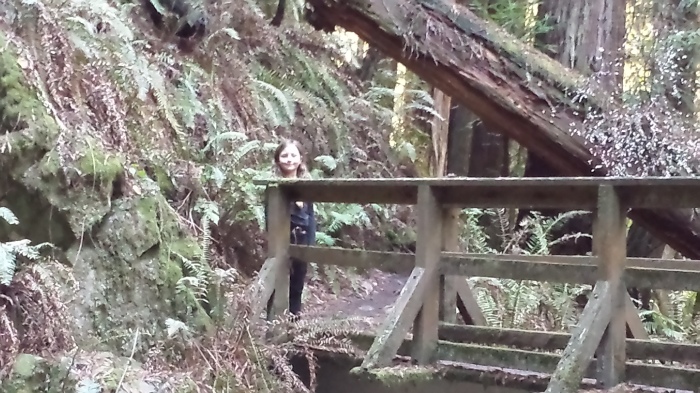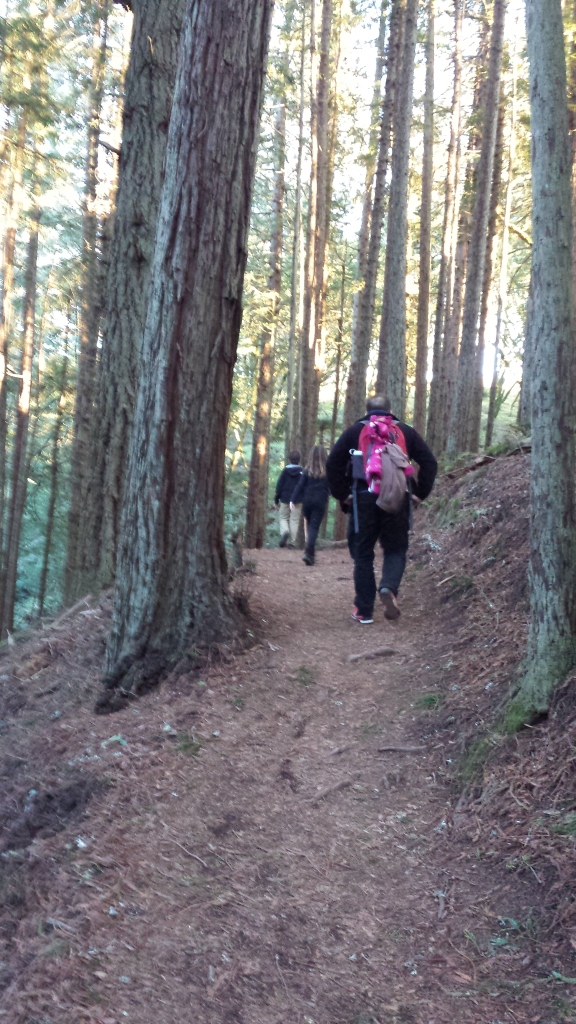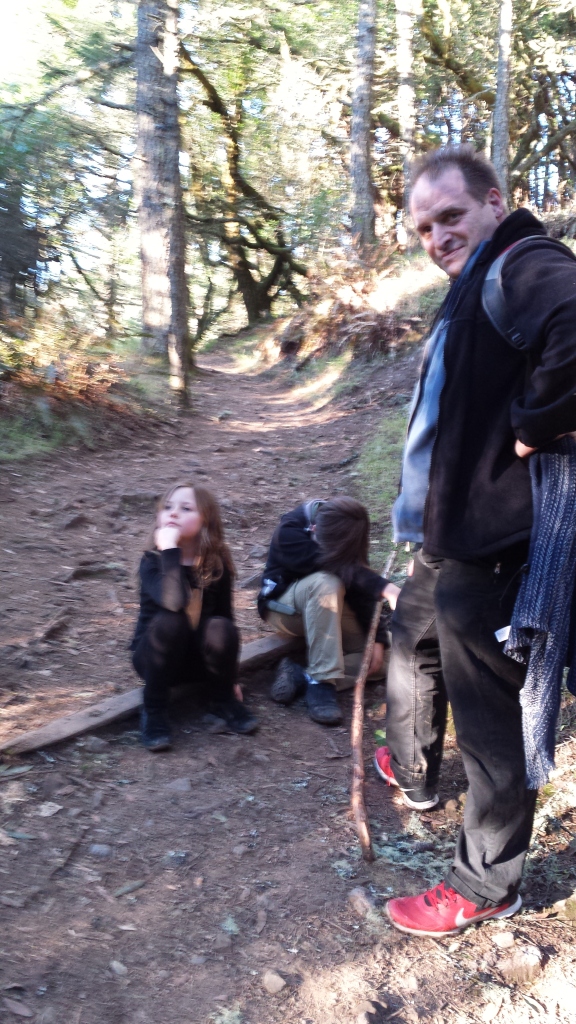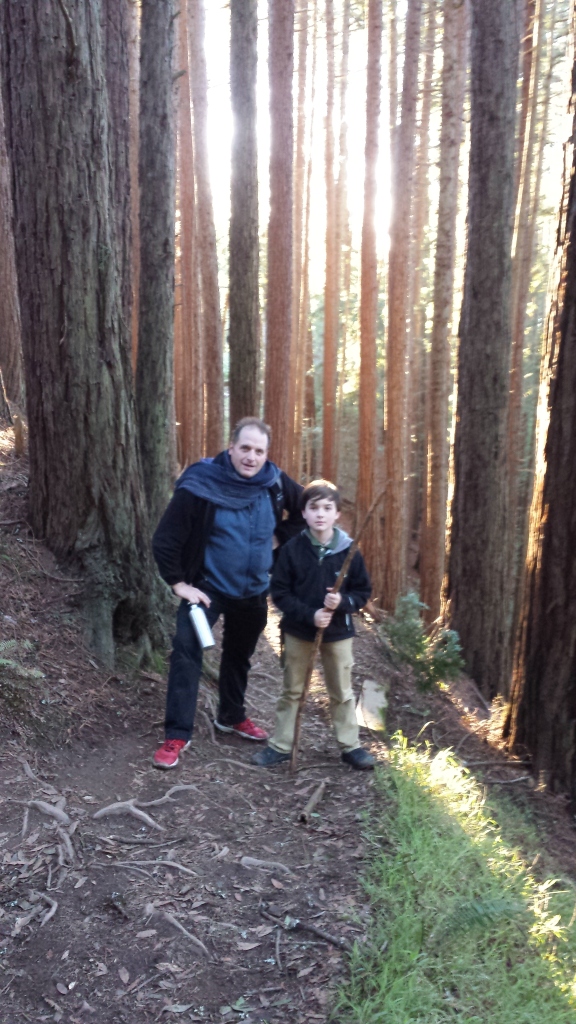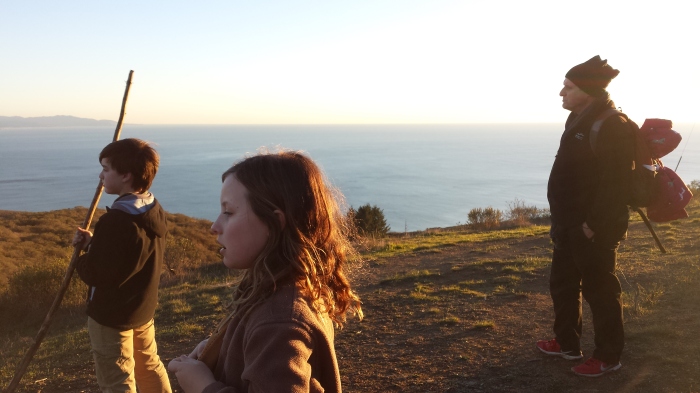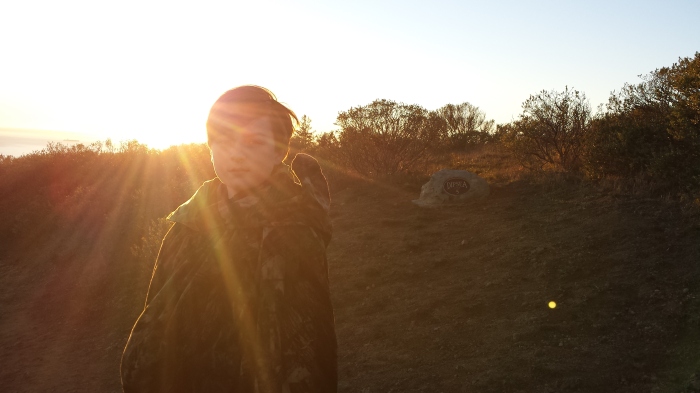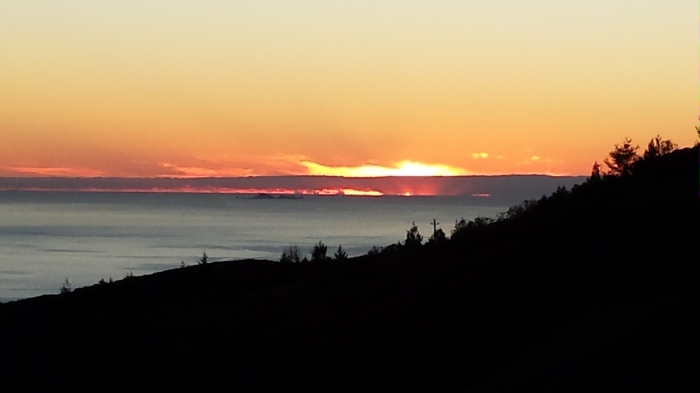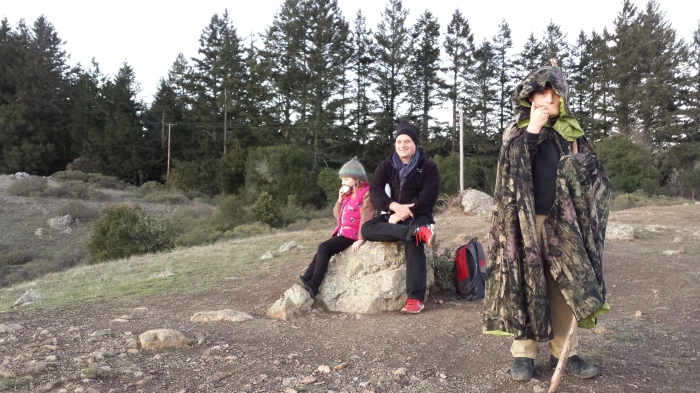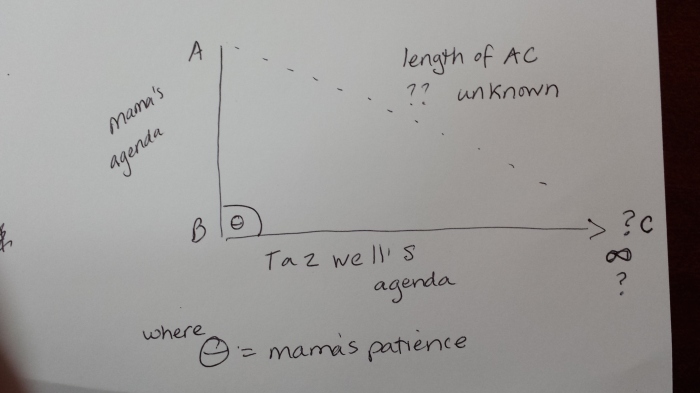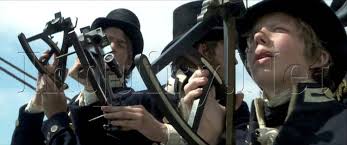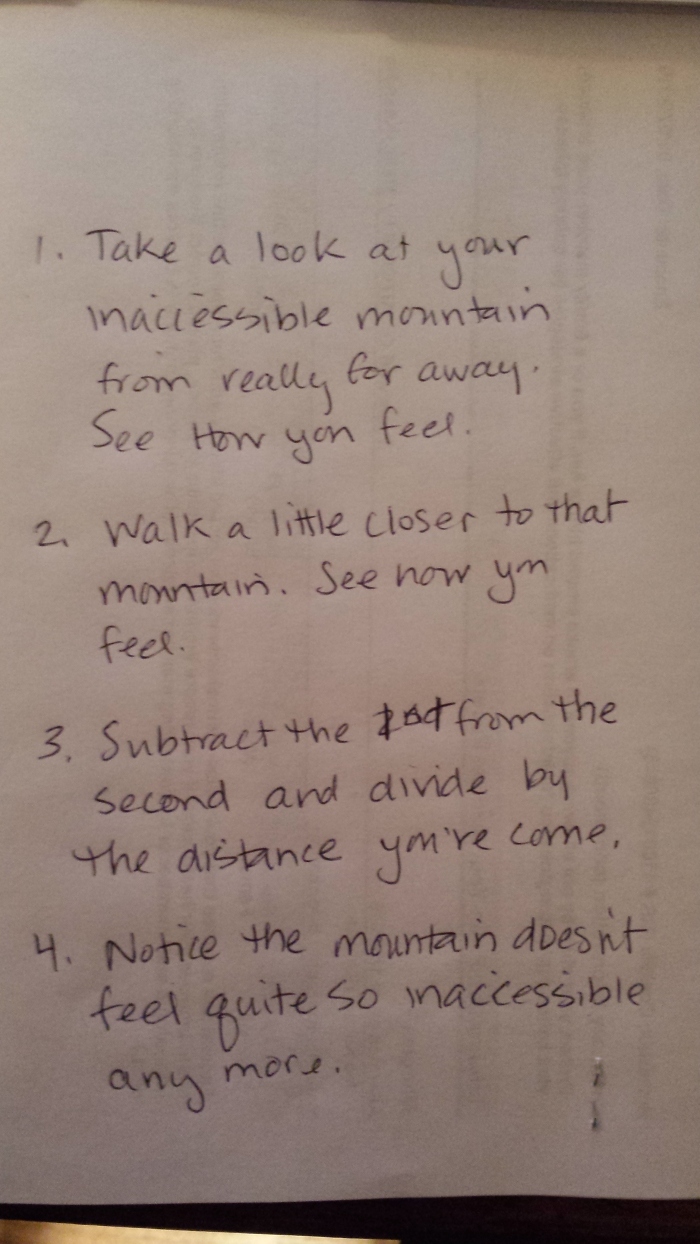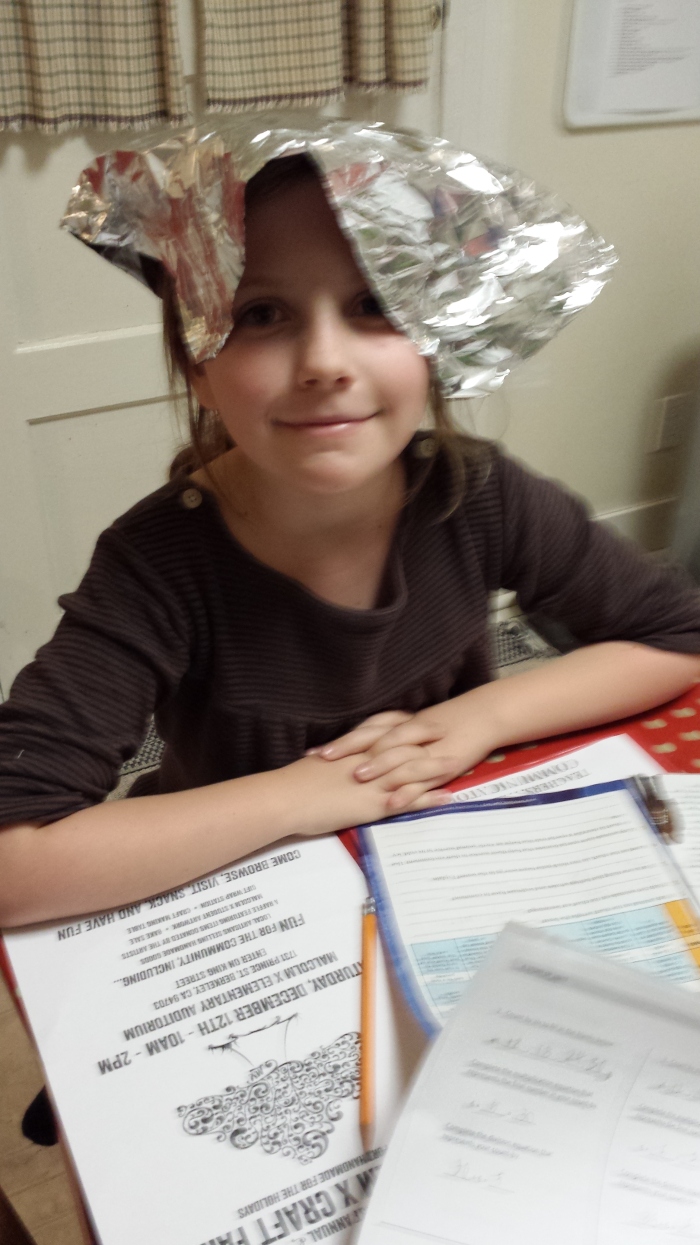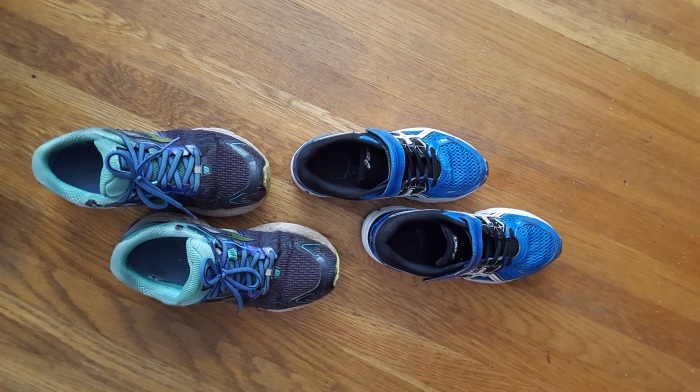
Last week my daughter came home from school pretty upset. She’s a fairly unflappable kid, so I sat right down with her to get the scoop.
They’d run races in P.E., and she had come in last… every time.
“I hate not being fast,” she said.
Of course I felt terrible when I heard that, because I am not a fast runner and I did not marry a fast runner. She’s never going to be a fast runner, at least not if she relies only on what she’s gotten from her parents. How could I not feel at least somewhat responsible?
So I told her the story of how, in my junior year of high school, I joined the track team. All my friends were on track, and the only way to hang out with them was to join the team.
The coach immediately saw that I was no sprinter. He suggested I compete in the distance races, the mile and two-mile. You didn’t have to be so fast to run those.
My first mile, I told my daughter, I ran in 15:09. She said, “That’s fast!”
“Actually it was really slow,” I said. “Most people can a walk a mile faster than that. But I worked hard for the next two years, and when I raced my last mile, my time was 6:11.”
I told her that though I wasn’t naturally fast, I was good at a kind of stubborn endurance, and that had made a difference in every race.
Then I pointed out that she’d never actually done much running. “I’ll run with you if you want to work on getting faster.”
“No,” she said. “I just want to be fast.”
Obviously my great wisdom and life experience were not working in this situation, so I brought out Sir Ken Robinson’s fabulous book, The Element, and read her a part that had recently struck a cord with me:
“My brother Ian… was in a band in Liverpool that included an extremely talented keyboard player named Charles. After one of their gigs, I told Charles how well I thought he’d played that night. Then I said I’d love to be able to play keyboards that well. ‘No, you wouldn’t,’ he responded. Taken aback, I insisted that I really would. ‘No,’ he said. ‘You mean you like the idea of playing keyboards. If you’d love to play them, you’d be doing it.’ He said that to play as well as he did, he practiced every day for three or four hours in addition to performing. He’d been doing that since he was seven.
“Suddenly playing keyboards as well as Charles didn’t seem that as appealing. I asked him how he kept up that level of discipline. He said, ‘Because I love it.’ He couldn’t imagine doing anything else.”
My daughter and I went on to discuss what Sir Ken Robinson says in the rest of the book, which is that we all have things we like to do, and we also have things we are good at, and it’s when those two things come together – what we like and what we are good at – that we find our true purpose. Sometimes we like something, like running fast, but we aren’t naturally “good” at it, so it takes effort.
I said to her, “You are good at math.”
She said, “But I don’t like it.”
I said, “Right. Because you don’t like it, math feels like work. But you are good at swimming. And you like it. So swim practice doesn’t feel like work, does it?”
After our conversation, I couldn’t helping thinking how everything seems possible when we are very young. Then, as life goes along, possibilities fall away, kind of like the booster rocket on a space shuttle, except over and over.
This is sad and unjust if opportunities are striped away not due to our own momentum through life, but instead due to barriers or discriminations – social, economic, historic.
If this is not the case, however, then it can feel good to travel light.
Take the running, for example. I was not born to be a runner: I have bunion-prone feet and tweaky knees, short legs and a large bust relative to my stature, none of which helped with running. But I did enjoy it. I liked it so much that I ran for sixteen years, and in several countries. My stubborn endurance carried me through the Chicago Marathon in 3:52. Then my feet, which had never liked the running as much as I did, finally had enough.
So I moved on to hiking. Hiking requires more endurance than speed, so it’s a way better fit. So is yoga. And my body feels so much healthier.
Now that I no longer have to worry about running marathons, or becoming a scientist, President of the United States, or CEO of a tech company, I have so much more energy and attention for my writing.
Of course there are some regrets. I would have liked, for example, to be a journalist. If I’m honest with myself, however, I have to admit I don’t like working all night for a deadline or being away from home very long. So even if I had been good at journalism, which I suspect I might have been, I probably wouldn’t have liked it. On the other hand, I’ve discovered that I do like working long hours all by my lonesome, which dovetails nicely with… novel writing!
It’s kind of a relief to look at life this way. Instead of being burdened with what we’re not particularly good at, or don’t really like, we can pay more attention to our passions.
Anyhow, the next day Coco told me she wasn’t as frustrated about the running. “Some days I’m more upset about it than others,” she confided. Then she went on to tell me that she’d been put into a reading group with other “book worm” girls.
“I’m a good reader,” she said. “And I like it.”
Some things fall away; others become clear.
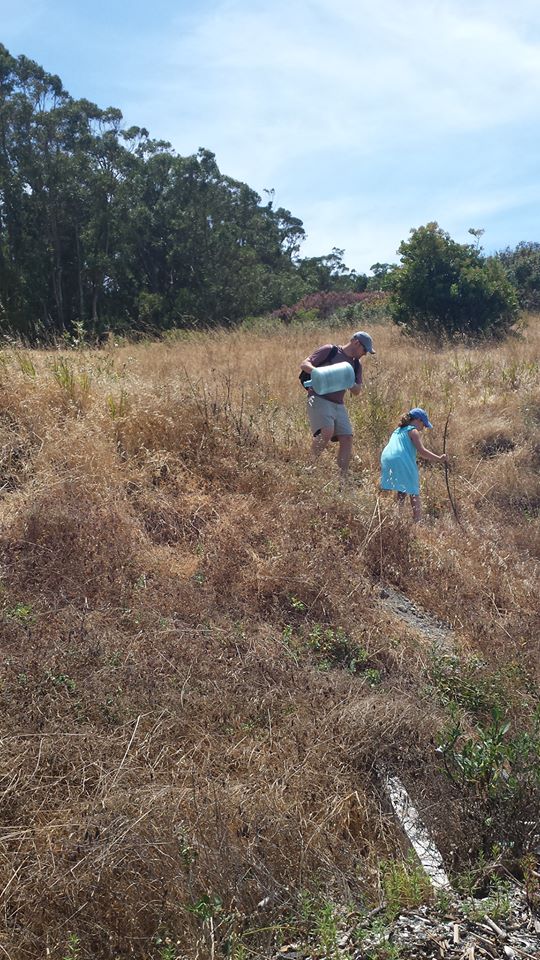
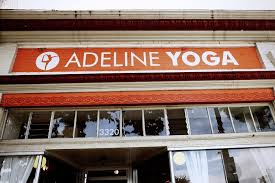 However, a few weeks ago, I finally worked myself out of my rut and went to
However, a few weeks ago, I finally worked myself out of my rut and went to 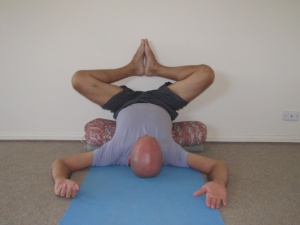 Here’s just one small example: She had us do baddha konasana with legs up the wall, and focus the entire time on the feeling of rotating our inner thighs up and out, while also rotating our outer thighs in and under. Then, with that very specific muscle memory, she moved us – and our knees! – safely into warrior poses.
Here’s just one small example: She had us do baddha konasana with legs up the wall, and focus the entire time on the feeling of rotating our inner thighs up and out, while also rotating our outer thighs in and under. Then, with that very specific muscle memory, she moved us – and our knees! – safely into warrior poses.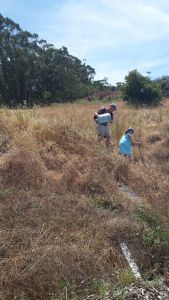


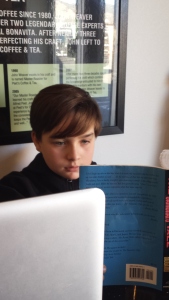

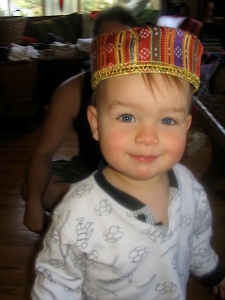

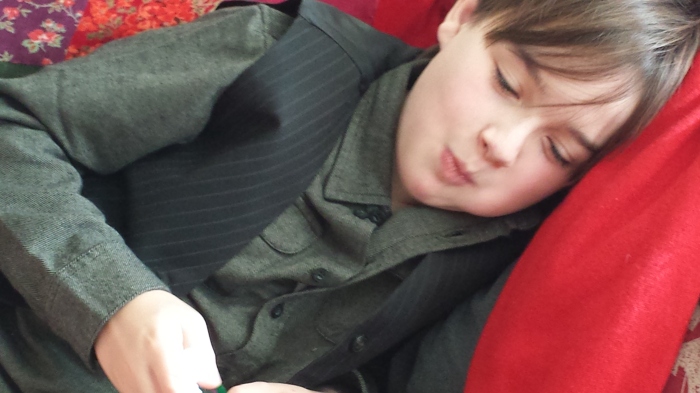
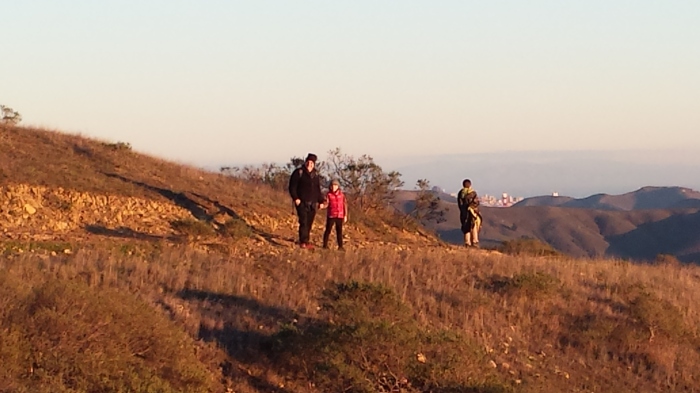
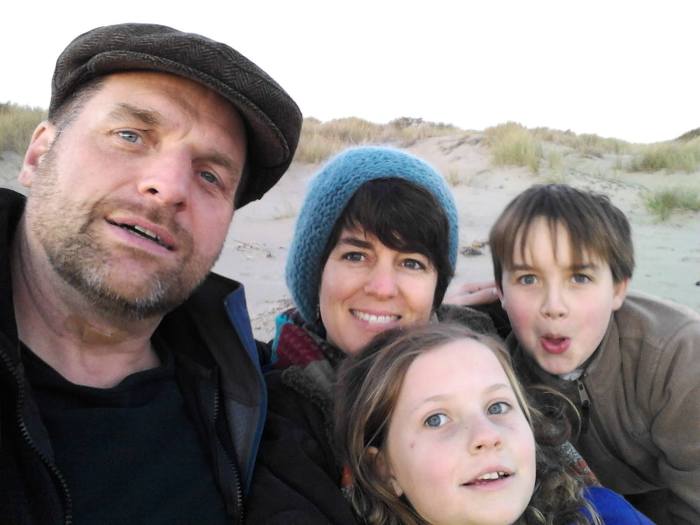
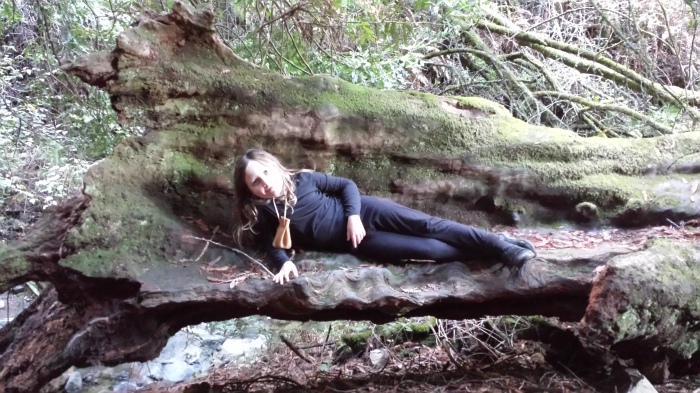 She’s also the littlest in the family, which means that she has to take more steps than any of the rest of us to cover the same mileage. Often her brother runs ahead, leaving her way behind, which never feels good. So on New Year’s, as soon as she heard we were hiking, she went into active protest mode, with big-time Resistance. “I’m not leaving the car!” she announced. The outlook was seeming pretty grim.
She’s also the littlest in the family, which means that she has to take more steps than any of the rest of us to cover the same mileage. Often her brother runs ahead, leaving her way behind, which never feels good. So on New Year’s, as soon as she heard we were hiking, she went into active protest mode, with big-time Resistance. “I’m not leaving the car!” she announced. The outlook was seeming pretty grim.
